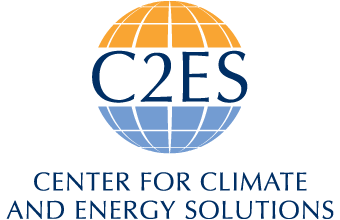Engineered carbon removal (ECR) is a form of carbon dioxide removal (CDR) that uses human-made technologies to capture carbon dioxide from ambient air or oceans. In some cases, ECR accelerates the speed of natural carbon dioxide uptake and/or transfers the captured carbon dioxide to more permanent storage through technological means.
While ECR is essential for mitigating the impacts of climate change, it also provides a range of economic and broader environmental co-benefits.
Highlights
Beyond Carbon Cuts: Engineered carbon removal (ECR) technologies like DAC, BiCRS, ERW, and mCDR not only mitigate climate change but also deliver co-benefits including job creation, wildfire risk reduction, soil health improvements, and ocean ecosystem resilience.
Jobs and Stability: By the time the highly durable CDR sector (including ECR) scales to storing 100 million metric tons of carbon dioxide annually, it could create 95,000-130,000 US jobs. These jobs provide stable operations and maintenance roles that deliver significant benefits to legacy energy communities and industrial workforces nationwide.
Global Edge: ECR enhances U.S. competitiveness by producing lower-emission products, like sustainable aviation fuels, to meet international standards. This strengthens energy-intensive, trade-exposed industries and positions the U.S. to capitalize on the rapidly expanding global carbon removal credit market.
Innovation Unlocks Value: Continued federal investment in innovation is essential to unlocking the full potential of ECR and other emerging technologies. Sustained funding for research, development, and demonstration not only accelerates the creation of new ECR approaches with added value but also enhances existing approaches by making them more cost-effective, energy-efficient, and scalable.
